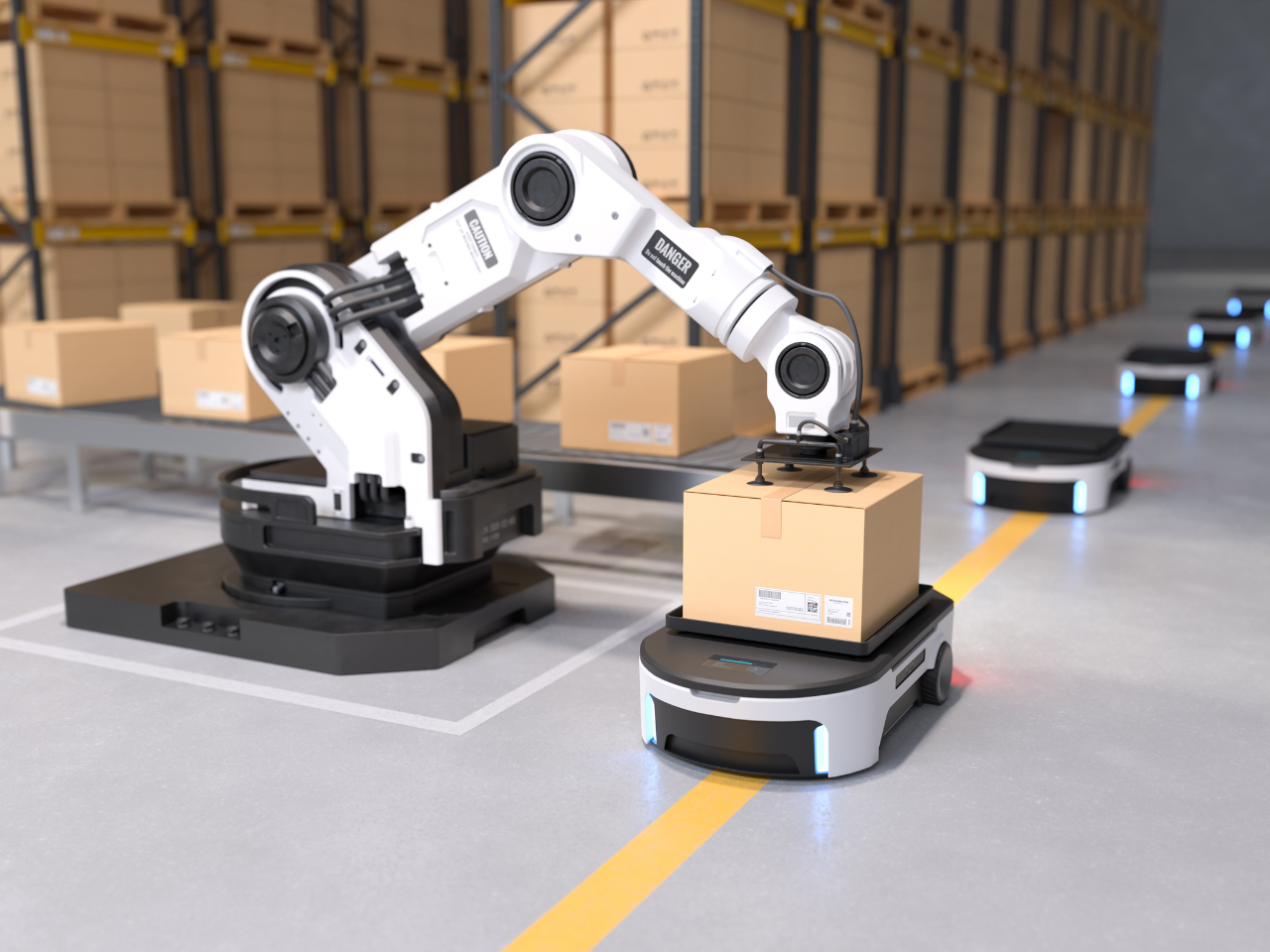
As the demand for faster logistics, efficient storage, and reduced human error grows, Automated Storage and Retrieval Systems (AS/RS) are becoming a key component in modern warehouse and distribution centre design. These systems are not just for large corporations, they’re increasingly accessible to small and medium-sized operations looking to improve productivity and space utilisation.
AS/RS refers to a range of computer-controlled systems used for automatically placing and retrieving loads from defined storage locations. These systems typically consist of:
AS/RS can handle pallets, cartons, totes, or even small individual items making them ideal for a variety of industries including manufacturing, e-commerce, pharmaceuticals, and food and beverage.
AS/RS makes better use of vertical and horizontal space, especially in facilities with limited square footage. High-density storage can significantly reduce the physical footprint required.
Automated systems work continuously and consistently, moving goods faster than manual processes while maintaining accuracy especially during peak periods.
With real-time inventory tracking and reduced manual handling, AS/RS improves inventory control, minimises stockouts, and reduces shrinkage or damage.
By reducing the need for forklifts and manual lifting, AS/RS creates safer work environments and lowers the risk of injury.
While AS/RS can bring major benefits, it’s important to assess:
A small pilot system can often demonstrate the value of automation without a full-scale rollout.
With advancements in robotics, sensors, and software, AS/RS systems are becoming smarter, more flexible, and easier to deploy. In the near future, we’ll see tighter integration with Autonomous Mobile Robots (AMRs), predictive analytics, and AI-driven decision-making further reducing manual intervention and increasing warehouse intelligence.
If your business is exploring warehouse automation, understanding your operational needs and choosing the right type of AS/RS is key. Whether you're planning a new facility or looking to upgrade your current setup, starting with a workflow assessment and space analysis is a smart first step.
